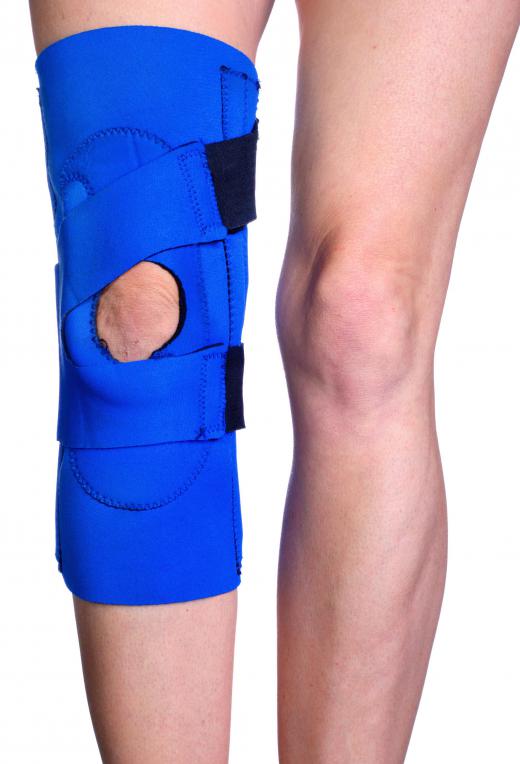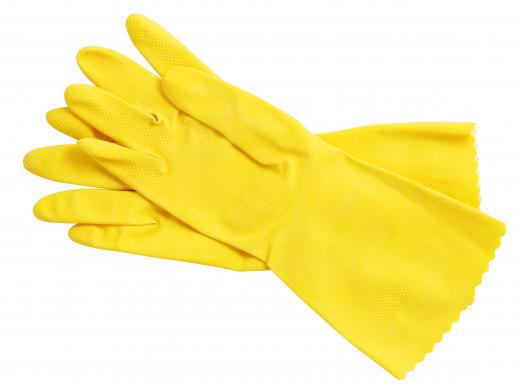Neoprene is a type of synthetic rubber also known as polychloroprene, invented by Dupont™. It's used in wetsuits, work gloves, as electrical insulation, and in a wide variety of other commercial and industrial applications. The rubber is available cured and uncured, and it can be soft or hard. While neoprene is widely used, it can in fact be recycled — a welcomed point of fact in an environmentally conscious society.
Like certain other types of rubber, recycled neoprene is used in a variety of products, from shoes, to golf head covers, to MP3 player and laptop sleeves. It is recycled like other products and many waste management firms offer rubber recycling services to industrial and manufacturing companies.

Typically, when neoprene is recycled to create new products, it is blended with other types of synthetic rubbers. The properties of this material, including its durability, insulation properties, and resistance to oil, make it an ideal substance for a number of uses. By blending recycled rubber products into new ones, waste is minimized and costs are lowered as well.

Some of the more popular uses for neoprene include medical bandages and braces, athletic shoe insoles, work gloves and boots, electronic device protectors, wetsuits, and automotive gaskets and pads. Where apparel and medical supports are concerned, some people may have a skin-sensitive reaction to the material, but its breathable, waterproof properties make it ideal for many medical applications.

It is also recycled into sheets of rubber and some types of fabric, which are sold by the yard (or meter) just like other fabrics, and can be cut and sewn. Sheets and fabrics are made into different thicknesses and weights for a variety of applications. The number of products made from recycled neoprene and other synthetic rubbers is nearly endless. Besides the more popular uses, consumers can also buy dumbbells and other exercise equipment, as well as wine totes and hats, made from recycled rubber products.
